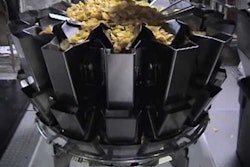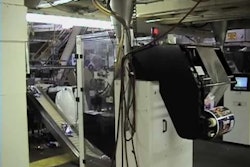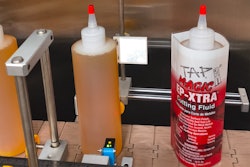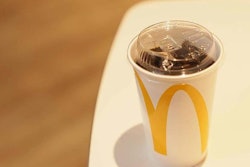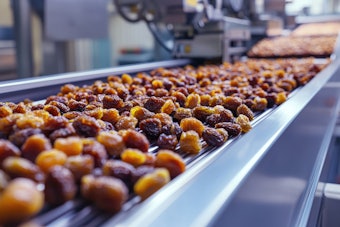Of course, the war in Iraq has also focused attention on the MREs (meals, ready to eat) that use the pouches for our armed forces under combat conditions.
Elsewhere in this issue, you’ll see a news item about a new pouch size being used for seafood, as well as a product review of a resealable zipper that can now withstand the temperatures of retort cooking. When you talk with the flexible packaging community, many of the vendors are salivating over the prospects of this package form making major inroads into rigid metal packaging.
Within a year or two of my joining Packaging Digest back in the ’70s, the retort pouch was generating similar enthusiasm. If you go back far enough in Cargill’s family tree, you’ll find ITT Continental Baking, then known primarily for Wonder bread. But in the late ’70s, ITT, along with some others, had decided to produce precooked entrées in flexible pouches.
The precooking was the retort processing, and, like today, the primary advantage of the pouch over a round metal can was the high ratio of package surface to volume. That meant that retort cook times could be cut substantially without compromising the bacteria kill. The shorter the cook time in the retort, the less damage to the tactility of the foods inside the pouch. In other words, meat chunks would be less mushy, the vegetables firmer—in general an entrée more closely resembling the reheating of a frozen entrée, which at that time was considered far superior to a reheated canned entrée.
Many packaging editors went to taste-testings of these new products, which I’m sure also lured food writers for consumer publications. And though beef stews—or the beef burgundy that I recall—had far better texture than a canned meat stew, the attendant hype tried to compare it to restaurant food, for which it was a poor substitute. But despite the quality of the entrée, the whole concept had the packaging business in a buzz.
After all, the retort-pouch packaging material was then truly a specialty, particularly because the bonds between the various materials in the lamination often released under the conditions of the retort. Much of the work on the material—like a number of others for foods—was really done to fulfill contracts for the military. The then olive-drab-colored Army pouch certainly wasn’t what ITT Continental or any other consumer food marketer would want to sell to the public. In fact, I recall a number of phone calls I made to the Defense Department’s logistics center to learn which contract packager had received the latest in military contracts to produce the MRE pouches.
I recall that Packaging Hall of Fame editor Sarah Lee Gerrish was much taken with the concept of the retort pouch and its promise to deliver economically a more palatable dinner than something from a can. And those of us still fairly damp behind the ears were much impressed by her fervor.
As many of you fellow gray-hairs probably recall, food canners dismissed the pouch. They could afford to because they had high-speed economical food canning and retorting lines in place. Meanwhile, though the consistency of packaging materials was improving, packaging equipment to rival canning line speeds wasn’t. Thus, the Hormels and Land O’ Frosts and other pouch packers had to be content with producing foods for the camping market or for the military.
Stan Sacharow, a columnist for Paper, Film & Foil Converter, acknowledges that the retort pouch is a “brilliant, but elusive” package, despite all the current hype. And if you talk with the companies that are producing better-tasting and -textured seafood products in the pouch, you’ll find that those pouches are being packed in the Far East, where labor costs for processing the fish are far lower.
Yes, maybe we’ll see more products in this package in the coming months. But chances are that most mass-market products in that package won’t soon be produced here in North America.
See an archive of Arnie Orloski's Pipeline columns at www.packworld.com/pipeline.
Arnie can be reached at [email protected]

